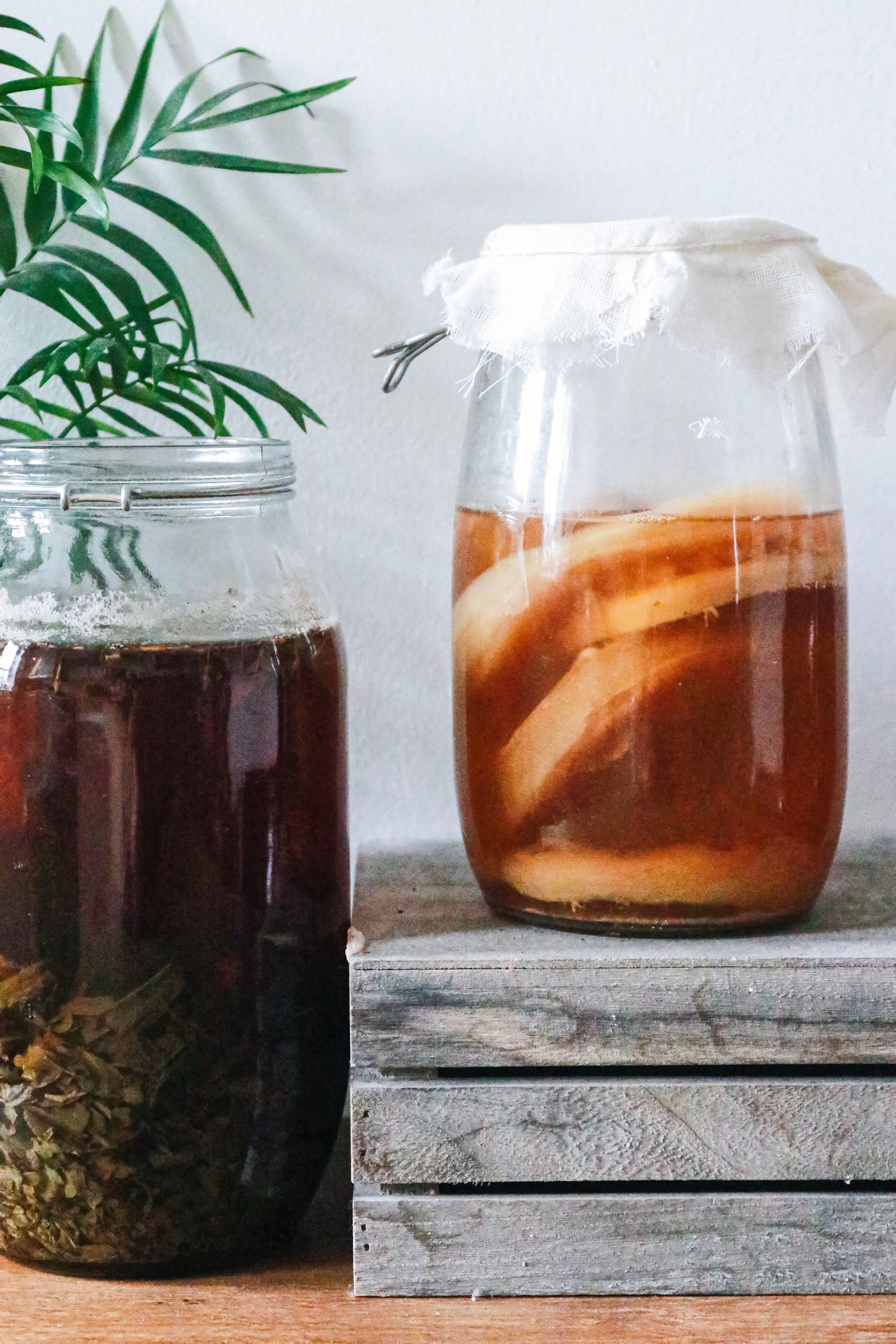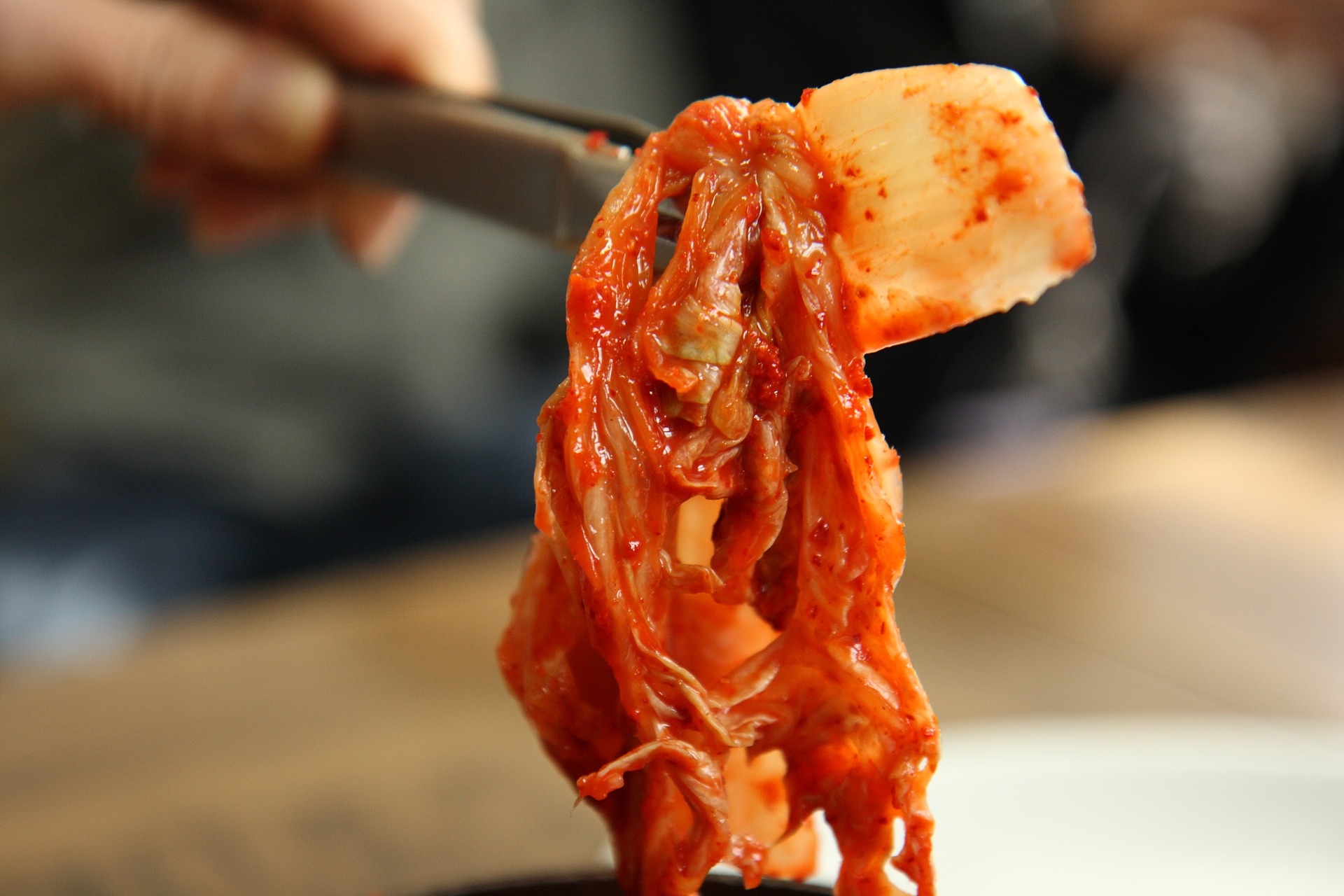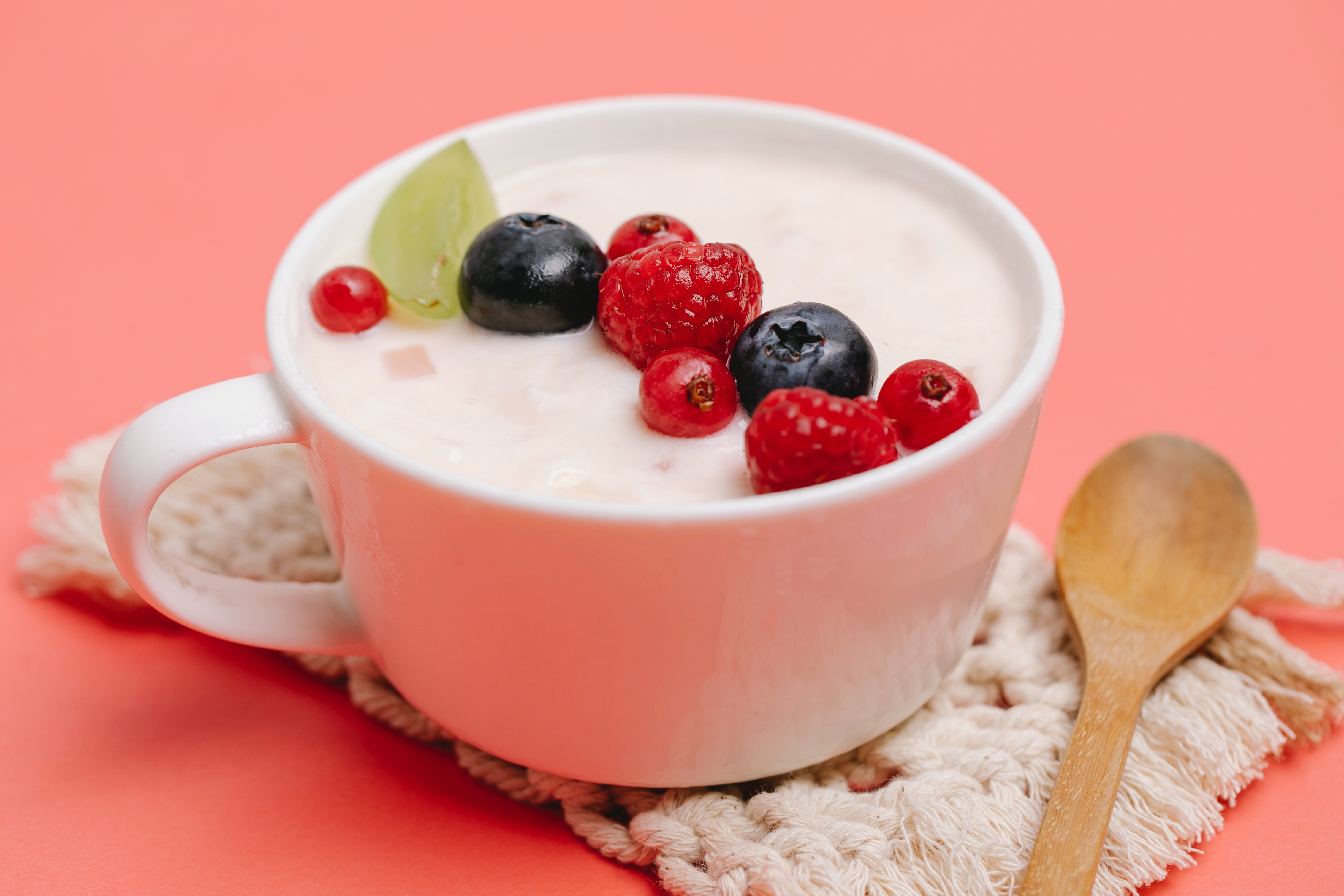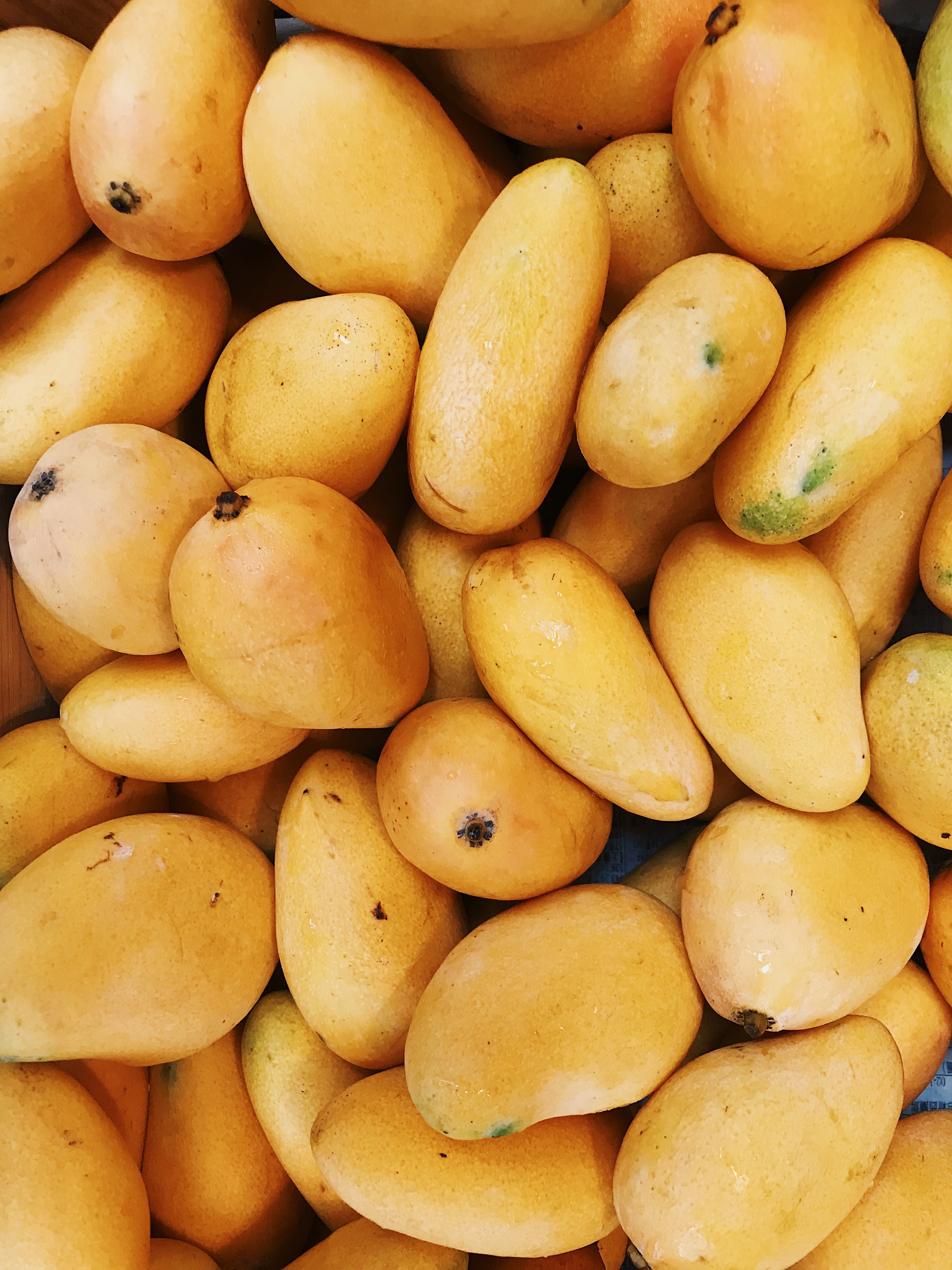
This system is called the gut, or the gut microbiome, and we need it to stay healthy, not only so we can break down the food we’re eating, but also for proper nutrient absorption and toxin elimination.
How do we take care of our gut health better? This is the best part—by simply feeding it with a diet rich in probiotic and fermented foods, which, fortunately for us, all taste good (none of the yuck-inducing stuff, we promise).
We’ve compiled a list of these foods, plus some tips on how to best cook or serve them, mixing them up in our daily diet or your next food adventure.

There are existing studies that show apple cider vinegar could aid in weight loss. Diet experts say drinking 1-2 tablespoons of apple cider vinegar diluted in water every morning help curb appetite and hunger pangs.
But did you also know that this drink, made from fermented apples, is very good for your gut health? Apple cider vinegar creates hydrochloric acid (HCL), a type of belly acid that helps digest fats, carbs, and protein.
How to consume: Dilute 1-2 tbs. in a large glass of water. Drink it before meals or just before 1 bedtime, when it has the greatest reducing impact on blood sugar.
Yummy Points: Apple cider makes a great ingredient for a salad dressing. Make an apple cider vinaigrette by mixing together olive oil, apple cider vinegar, honey, Dijon mustard, garlic, and salt and pepper. See the recipe here: Apple Cider Vinegar Dressing.
If you haven’t tried kombucha, then you’re missing out. Kombucha is a black or green tea drink, fermented by a friendly colony of bacteria and yeast. Not only is it good for your gut, you’ll also get antioxidant properties from the tea.
A word of caution, though. If you’re pregnant, or are eliminating caffeine and alcohol from your diet, it’s best to lay off kombucha, as it contains both alcohol and caffeine.
How to consume: If you’re not allergic to caffeine or alcohol, you can drink as much kombucha as you want! Morning, afternoon, or night. Pair it with any meal.
Yummy points: You can make your own kombucha at home, try this step-by-step recipe from delish.


Kimchi is a traditional Korean dish made from fermented vegetables like cabbage, garlic, ginger, and chili papers. It is both spicy and sour, and goes well with any Korean dish, like Korean BBQ and dumplings, or anything really that needs an added kick and umami.
Kimchi is rich in probiotics, Vitamin A and B, and minerals like calcium and iron.
Yummy points: Have you tried kimchi rice? It’s soothing, tangy, and filling! Try this recipe from Yummy.ph: Kimchi Red Rice Bowl. It’s a full meal in itself.
If you love Japanese food, then you’ve probably ordered a bowl of miso soup as a starter. Go ahead, because it’s really good for your gut.
If eaten as soybeans, you get protein, along with fiber and probiotics. A little bit goes a long way, though, since miso is high in sodium.
Yummy points: Miso is a great ingredient for Sinigang, a Filipino fish stew dish. Try this miso dish, best paired with steaming rice: Fish Stew with Miso.

Yogurt
As far as nutrients go, yogurt is a surefire winner. It’s known to be one of the healthiest foods around, and it’s delicious too! It aids in healthy digestion, good for bone and heart health, and could help reduce the risk of Type 2 diabetes.
There are different types of yogurt out there, but just to make things less complicated, just look for the label “Live and Active Cultures” seal in your next yogurt purchase.
When to consume: Anytime, really. Some people like to eat it as breakfast, while some treat it as a dessert.
Yummy points: Try this healthy yogurt and parfait recipe, consisting of yogurt, strawberries, blueberries, raspberries, and granola.

Tempeh
Tempeh is a traditional Javanese food made from fermented soybeans. It’s similar to what we know as tofu cake, and tempeh is the fermented version. Tempeh is high in protein, dietary fiber, vitamins, and of course, probiotics.
Yummy points: Tempeh has become a favorite food for vegans and vegetarians, because of its flexibility as an ingredient. There are many ways to enjoy tempeh, as a sandwich, salad, tempeh BBQ, and sautéed and stir-fried with vegetables.

Mangoes

Mangoes have always been known for its high caloric and carbohydrate content. But now, studies have shown that it’s probiotic-rich too! Researchers found that mangoes contain polyphenols and fiber, which aids and digestion, and relives constipation.
A recent study published by The Journal of Nutrition also found that incorporating a mango a day into your diet could improve gut health, and help reduce body fat, and control blood sugar.
Yummy points: Want to optimize your consumption of mangoes? Why not try fermented mangoes, or burong mangga? Green mango pickles make an excellent side dish or snack, with people describing the taste as tart, sweet, sour, and spicy all at the same time. Try this recipe to create your own fermented mangoes at home: Fermented Mango recipe.
These are just a few of the most popular and tastiest probiotic-rich foods. Which among these have you tried? Do you know of other not-so-well-known foods that are good for the gut? Comment below.
Tags



0 Comments
Trackbacks/Pingbacks